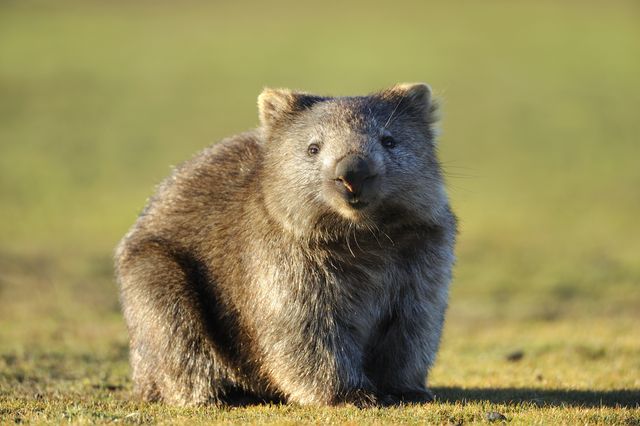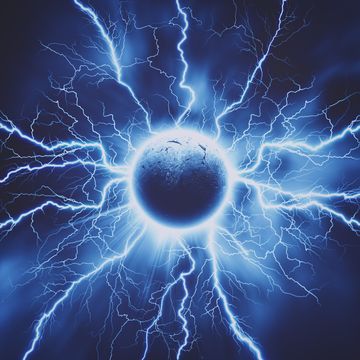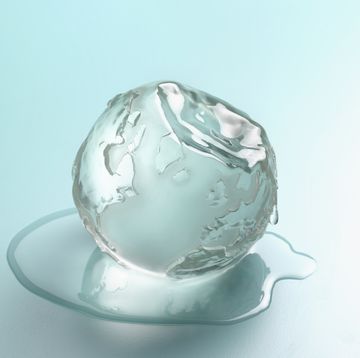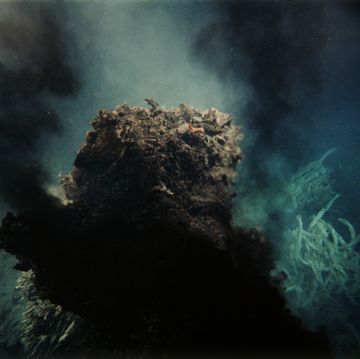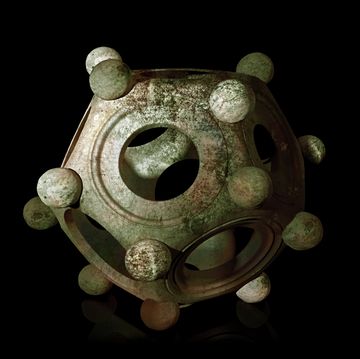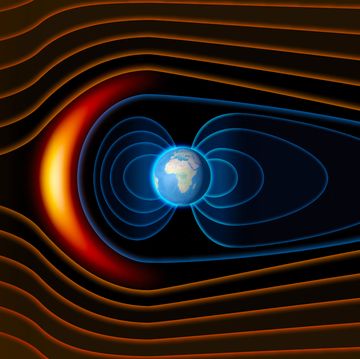Frustrated when your digestive system has no regard for your need for long, unbroken stretches of sleep? Be grateful you’re not an Australian Wombat. These critters produce up to 100 bowel movements in a single night. And unlike any other creature in the animal kingdom, this marsupial poops cubes. We’re not talking roundish shapes that could be described as cube-like. We are talking actual cubes—as in a six-sided Rubik’s Cube sort of cube.
It is not because they have square anuses. That was my first thought, too. Wombats have roundish anuses, just like the rest of us mammals. They don’t mold their poop into cubes after it’s been passed, nor does it have anything to do with preexisting shapes in the food they consume. When a team of scientists led by Georgia Institute of Technology’s Patricia Yang got ahold of some Tasmanian wombat roadkill, they looked to the intestines for answers. They discovered that “the varying elastic properties of the intestine wall…stretch preferentially to facilitate cube formation.” Neat, uniform, 2-cm cubes at that.
But why? How is cubic poop more advantageous than pellets, tubes, coils, or just squishy piles? Let’s think back to September of 1835 when Charles Darwin noticed the curved beak shapes of the Galapagos finches: “In the same way that a knife which has to cut all sorts of things may be of almost any shape,” writes Darwin in The Origin of Species, “a tool for some particular object had better be of some particular shape.”
What the finches ate required beaks best suited to eat it. The Ground Finch uses its crushing beak to remove ticks from the backs of tortoises and iguanas. The Woodpecker and Cactus Finch have probing beaks to find grubs in holes and dead tree branches. The sharp-beaked Vampire Finch pecks at the flesh of Red-footed Boobies to feed on their blood, while seed and fruit eaters have claw-like beaks to grind and crush their food.
This is all just to say that wombat poop “in all its cubic glory” is no accident. “Natural selection, it should never be forgotten, can act on each part of each being, solely through and for its advantage,” Darwin reminds us. Square poop doesn’t roll away, even if deposited on a slope, so the scent post remains intact and the territory secure. What’s more, the wombats figured out how to stack it like my kid stacks his blocks—the higher the better so the scent will travel farther. (Jury’s out as to whether competing males try to knock over each other’s poop stacks, but if they’re anything like my kids, they would totally do that.)
“We currently have only two methods to manufacture cubes: We mold it, or we cut it,” says Yang. “Now we have this third method.” The next time you’re looking to manufacture “non-axisymmetric structures using soft tissues” look no further than the Australian Wombat.
Jill Kiedaisch is a regular contributor for Popular Mechanics and has been published in various conservation anthologies, magazines, and books. Author of a children’s fantasy adventure trilogy, she lives with her family in Vermont where it still snows enough to break a sweat while shoveling.
